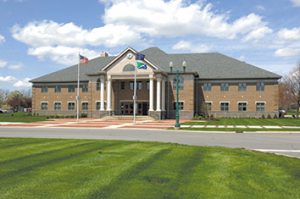Estimates shows central Indiana communities growing fastest
New census estimates show the Indianapolis metropolitan area includes four of the five fastest-growing counties in Indiana and 10 of the 11 fastest-growing cities and towns with populations of at least 5,000.



